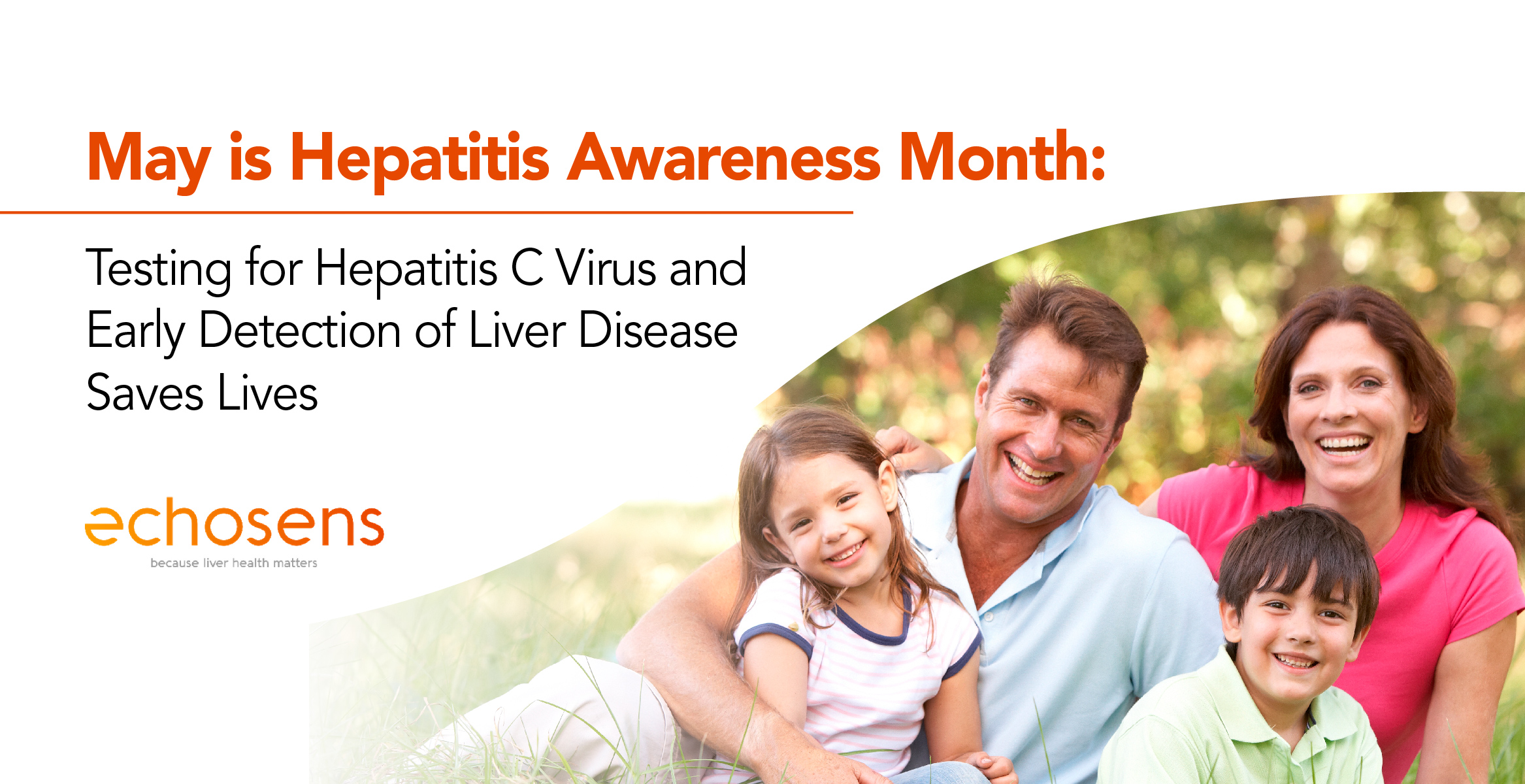Echosens also wants to bring greater attention to the millions of Americans who are living with hepatitis C virus (HCV)2, the most common cause3 of liver disease. Most people who get infected with HCV will develop a chronic infection that, if left untreated, can cause serious health problems, including liver disease, cirrhosis, liver failure and liver cancer.
We urge everyone to join efforts to improve understanding of viral hepatitis transmission and risk factors and decrease the social stigma surrounding viral hepatitis.
Several different viruses cause hepatitis, the most common being hepatitis A, hepatitis B and HCV C. Chronic hepatitis B and HCV are leading causes of liver cancer in the United States. Both hepatitis A and hepatitis B are preventable with safe and effective vaccines, and HCV is curable with prescribed treatment.
About 66% of people with hepatitis B are unaware of their infection and about 40% of people living with HCV do not know they are infected. Getting tested is the only way to know if you have hepatitis A, hepatitis B or HCV.
HCV and Liver Connection
Non-alcoholic fatty liver disease (NAFLD), the build-up of fat in the liver not caused by alcohol, is currently the most common cause of chronic liver disease throughout the world, followed by chronic hepatitis B and chronic HCV.
NAFLD can lead to non-alcoholic steatohepatitis (NASH), an asymptomatic, progressive and burgeoning liver disease that can lead to increased liver-related mortality and morbidity.
One study4 on how NAFLD impacts patients treated and cured for HCV found that NAFLD identified in patients prior to treatment persisted after curing their HCV infection. Among those with NAFLD before treatment, 6.25% still had significant liver scarring after their HCV infection was cured.
Value of Early Detection
FibroScan® is a non-invasive technology that quickly provides a quantitative assessment of liver stiffness and liver fat at the point of care. This important tool also helps to identify those cured of HCV by providing an assessment before NAFLD becomes symptomatic.
During Hepatitis Awareness Month, we call on everyone to help raise awareness and encourage hepatitis testing and early screening for liver disease.
_______
References
1.https://www.cdc.gov/hepatitis/awareness/HepatitisAwarenessMonth.htm
2.https://www.cdc.gov/hepatitis/awareness/HepatitisABCs.htm
3.Bondini S, Younossi ZM. Non-alcoholic fatty liver disease and hepatitis C infection. Minerva Gastroenterol Dietol. 2006 Jun;52(2):135-43. PMID: 16557185.
4.MLA.Noureddin, Mazen et al. “Fatty liver in hepatitis C patients post-sustained virological response with direct-acting antivirals.” World journal of gastroenterology vol. 24,11 (2018): 1269-1277. doi:10.3748/wjg.v24.i11.1269
